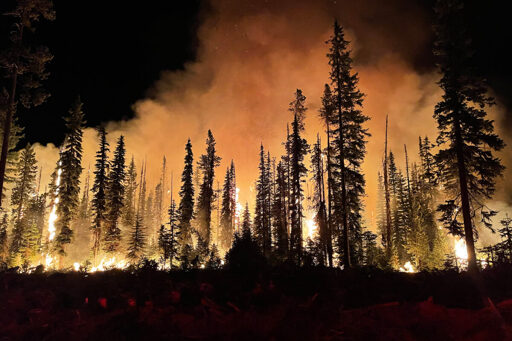When wildfire smoke from Canada turned New York City’s sky an eerie orange in June 2023, millions of Americans who’d never experienced such pollution got a glimpse of what has become routine for communities across the U.S. West. The smoke blanketed the Eastern Seaboard, closing schools and forcing residents indoors, a warning of what scientists now say will become far more deadly in the coming decades. A study published this week in Nature projects that wildfire smoke will cause approximately 71,000 excess deaths each year by 2050 under current emissions trends — an increase of roughly 30,000 deaths over today’s levels. When researchers calculated the economic toll using federal safety standards, these deaths represent $608 billion in annual damages, more than previous estimates of all other combined climate impacts in the United States, including heat-related deaths, crop losses and hurricane damage. “Wildfire smoke was not really on people’s radar before 2018 or 2020, and it was not on Northeastern people’s radar before 2023 when Canadian wildfire smoke came,” said Minghao Qiu, lead author and assistant professor at Stony Brook University. The research addresses a significant blind spot in how scientists and policymakers understand the damages caused by climate change. Despite smoke becoming a lived reality for millions, the tools used to assess climate damages and guide federal regulations have not incorporated how rising temperatures fuel more wildfires and the resulting health toll. Smoke from the Canadian wildfires turns New York’s skies orange on June 7, 2023. Image by Anthony Quintano…This article was originally published on Mongabay
From Conservation news via this RSS feed


